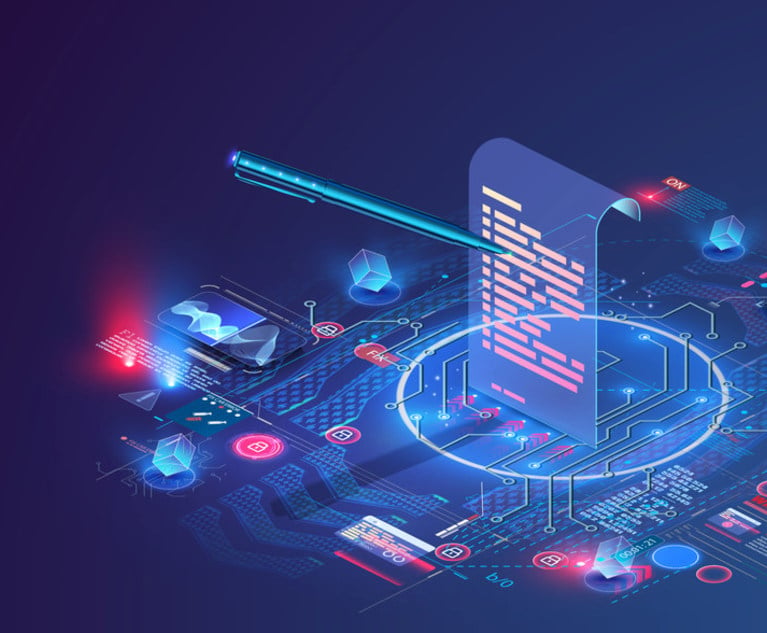The history of technology-assisted review (TAR 1.0)—that is, the first generation of predictive coding or machine learning in e-discovery—is laden with tedious processes, expensive per gig payments and frustrated users.
Now, e-discovery attorneys say the memory of just how bad it was might have something to do with slower adoption of a newer version (TAR 2.0), which uses continuous active learning (CAL) instead of seed sets, even though it eliminates many problems the first version had. To top it off, marketing strategies that claim “silver bullet”-type solutions might be putting off even the interested buyers.
This content has been archived. It is available through our partners, LexisNexis® and Bloomberg Law.
To view this content, please continue to their sites.
Not a Lexis Subscriber?
Subscribe Now
Not a Bloomberg Law Subscriber?
Subscribe Now
LexisNexis® and Bloomberg Law are third party online distributors of the broad collection of current and archived versions of ALM's legal news publications. LexisNexis® and Bloomberg Law customers are able to access and use ALM's content, including content from the National Law Journal, The American Lawyer, Legaltech News, The New York Law Journal, and Corporate Counsel, as well as other sources of legal information.
For questions call 1-877-256-2472 or contact us at [email protected]


 Credit: stock.adobe.com
Credit: stock.adobe.com





